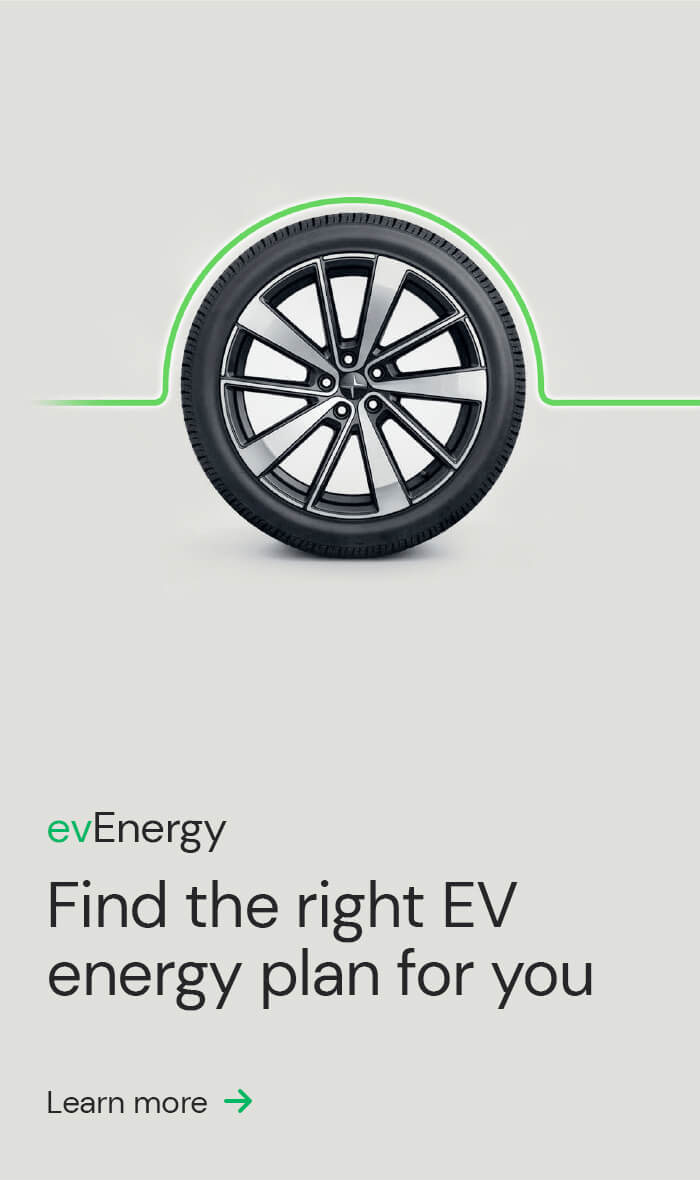One of the main attractions of an EV is their ‘no carbon emission’ assurance. When it comes to actual electric car emissions, there are nuances that determine whether the actual figure is zero.
While EVs do not physically emit tailpipe CO2, if non-renewable energy is used to generate the electricity that charges them, an amount of CO2 is released. Here we present the facts and figures behind electric car pollution which confirm they’re still a greener, cleaner driving alternative.
What level of emissions do EVs release?
We’ve established that while EVs do not emit tailpipe CO2, carbon is released from energy used to power them. Does an electric car have more emissions than a regular car, though? In short, no.
The average petrol-powered vehicle releases two tonnes of CO2 a year. According to the Transport & Environment Group, electric cars emit, on average, three times less than their fuel-powered counterparts. This data even considers where and how the car battery was manufactured and what source of energy is used to power it.
How much CO2 is released during EV manufacturing?
Because of the nature of their lithium-ion batteries, manufacturing EVs does release more carbon emissions than regular cars. Indeed, the Union of Concerned Scientists has calculated that manufacturing a mid-sized EV with a 135km range results in about 15% more emissions than an equivalent petrol vehicle.
Nevertheless, those differences are offset when the car hits the road. One study showed that despite higher carbon emissions during manufacturing, over the EV’s lifecycle, they perform better by up to 70% in countries with decarbonised power generation.
The USC also states that battery-powered electric cars make up for their higher manufacturing emissions within 18 months of driving.
How can I find out my EV’s CO2 estimates?
If you’re an EV owner or considering buying or leasing one, you can discover your model’s environmental impact using the Australian Government’s Green Vehicle Guide. This useful reporting tool allows you to enter in the year, make and model of your EV and receive a breakdown of its emissions, annual fuel costs, energy consumption, air pollution and fuel lifecycle CO2.
Summary
- Electric vehicle carbon emissions are on average three times lower than petrol or diesel-powered cars.
- During manufacturing, EVs release about 15% more carbon emissions, however they remain up to 70% more efficient than petrol-powered cars.
- The Australian Government’s Green Vehicle Guide allows you to establish your EV’s environmental impact and efficiency.
Are you considering making the switch to an electric vehicle? ActewAGL can help you effortlessly find, finance and charge your EV. Discover how ActewAGL can support your transition to sustainable driving today.



